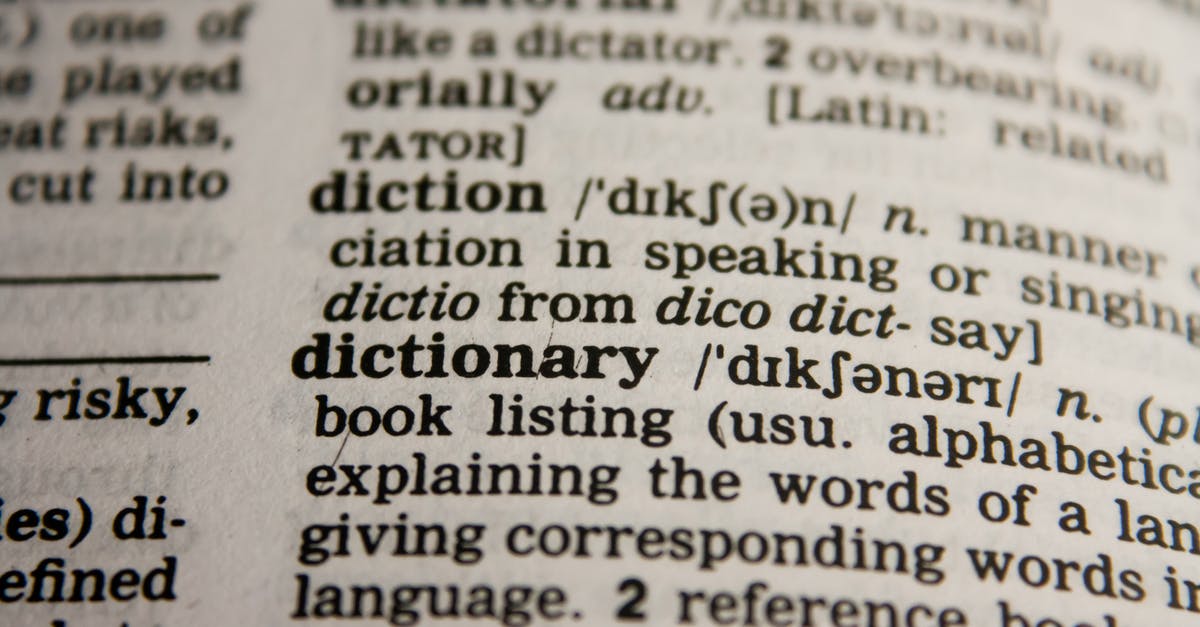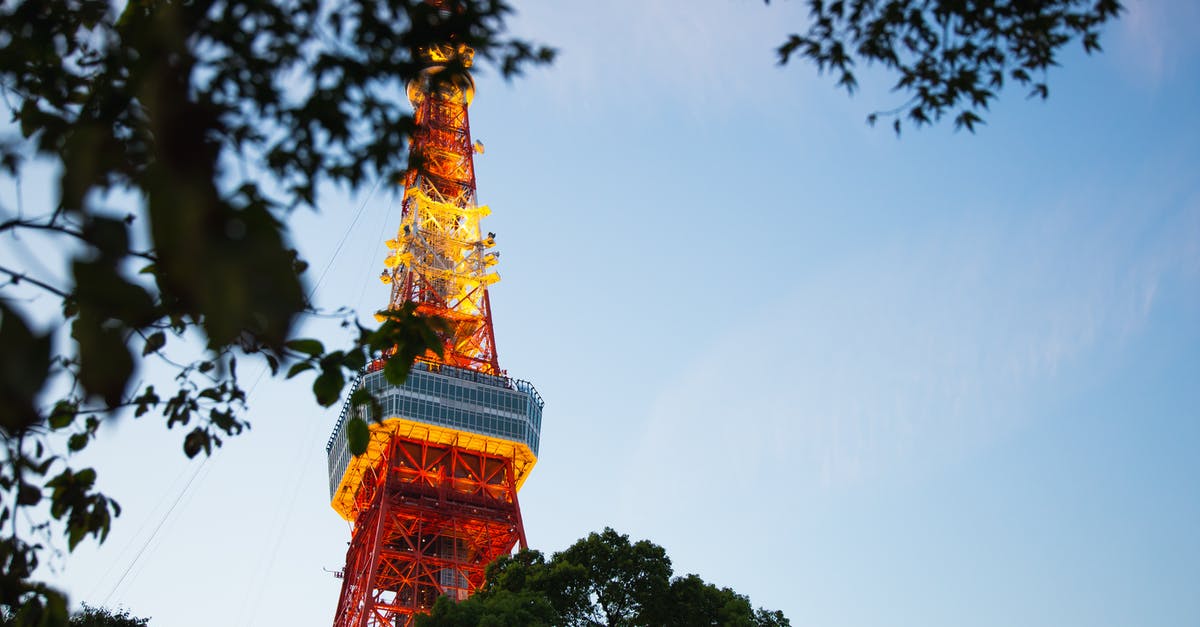When will high definition television no longer account for the standard definition 4:3 aspect ratio?

The vast majority of TV shows are now available in high definition. However, much content still seems to be framed for "center cuts," where the center of a high definition image in a 16:9 aspect ratio is cropped for a standard definition, 4:3 aspect ratio image. This is especially apparent in sports and news broadcast graphics, where pan-and-scan techniques cannot be edited in real time.
When will producers and broadcasters stop optimizing contents for the 4:3 aspect ratio and will standard definition broadcasts then receive a 16:9 letterbox?
Best Answer
4:3 aspect ratio is in the market since the early days of television. 16:9 came into picture more recently. It is true that 16:9 is becoming more and more popular now a days. But we have not reached the time to forget about them.
4:3:
Standard 4:3 format aspect ratio A standard aspect ratio television screen is a TV with a resolution that matches the NTSC or PAL broadcasting standards. These TVs are designed for analog signals and use a square-like 4:3 aspect ratio. Devices with a standard 4:3 aspect ratio are incapable of outputting High Definition content. In this respect, standard format televisions are inferior to widescreen televisions, and there are many other benefits to using widescreen devices which are covered in more detail below.
Standard 4:3 television screens are gradually being phased out, as are standard definition analog television broadcasts. Within consumer electronics shops non-widescreen televisions are becoming increasingly rare. Furthermore, the majority of countries in North America and Europe now have set dates in the near future when these analog signals will be turned off permanently.
16:9:
Widescreen 16:9 format aspect ratio The widescreen 16:9 aspect ratio is the image standard of the future, designed to succeed the traditional 4:3 square aspect ratio. To take advantage of the benefits “true” widescreen can offer, you need to own both a widescreen television and videos coded in a 16:9 aspect ratio, such as High Definition television content, which only comes in widescreen format.
Although widescreen 16:9 format is synonymous with High Definition content, 16:9 is also commonly used with standard definition television and DVDs. The reason for this is because DVD film producers and TV broadcasters offer both 16:9 and 4:3 outputs.
Reasons for still using 4:3 aspect ratio:
While the 4:3 aspect ratio is viewed as somewhat dated, it is still very common and is still the standard aspect ratio for computer screens. While it is true that High Definition content is becoming more and more prevalent, the majority of broadcasters still output in a 4:3 aspect ratio. While the same cannot be said for films, if you still watch a lot of VHS tapes of older films then a 4:3 television will allow for the image to take up the screen. Displayed on a 16:9 television it would appear stretched, or would have black borders running along the edges.
Reasons for still using 4:3 aspect ratio:
The benefits of the widescreen aspect ratio format are numerous, so it is easy to see why widescreen devices have become so popular so quickly. These benefits are summarized below.
The future format
In only a few years time, videos in widescreen format will be the only type available. Furthermore, widescreen televisions will soon become the only type of TV available for purchase.
Same size picture as films
All movies are now shot using a 16:9 aspect ratio, meaning if you have a widescreen display device the video will be displayed without the black borders present in 4:3 television screens.
Blu-ray format
Blu-ray is the next generation DVD format that outputs films in High Definition. To make use of this it is necessary to have a widescreen 16:9 High Definition television.
High definition content
High Definition content is only output in 16:9 aspect ratio resolutions of 1280×720 or 1920x1080.
Increased viewing area
Pictures displayed using a widescreen aspect ratio show 25% more of an image than 4:3 aspect ratio pictures.
So from the above discussion it is quite obvious that 4:3 is phasing out slowly. But still we cannot ignore it totally. Different users still prefer 4:3 to 16:9 for different reasons like cited before. In this forum, you can see some examples. When we would be able to make 16:9 more advantageous and when economy would allow us to make it cheap so that maximum of common people can afford buying HDTV, I think then only producers and broadcasters would stop making in 4:3 ratio.
FYI, Still in third world countries and developing countries like India (Where I belong to by birth) the price is too high for maximum of average people. It starts from around 60K and ends at 300K INR.
http://www.bambooav.com/aspect-ratios-explained.html
http://www.bambooav.com/widescreen-169-and-standard-43-formats.html
Pictures about "When will high definition television no longer account for the standard definition 4:3 aspect ratio?"



What is the aspect ratio for high definition television HDTV?
It has replaced the fullscreen 4:3 aspect ratio. 16:9 (1.77:1) (said as sixteen by nine or sixteen to nine) is the international standard format of HDTV, non-HD digital television and analog widescreen television PALplus.When did TV shows change aspect ratio?
It wasn't until the early 2000s that 16:9 (1.78) televisions hit the market in masses, and changed the aspect ratio game forever. No longer was widescreen a format only for film, but now it was a television format too.What aspect ratio are old TVs?
Old CRT TVs were slightly wider than they were tall, and their aspect ratio was 4:3, so for ever 4 inches wide your TV was, it was 3 inches tall. Older TV shows were broadcast in this format when 4:3 CRT TVs were the norm so the picture took up all of your TV screen.What is the aspect ratio for standard definition television?
Common SDTV refresh rates are 25, 29.97 and 30 frames per second. Both systems use a 4:3 aspect ratio. Standards that support digital SDTV broadcast include DVB, ATSC, and ISDB.Aspect Ratios - An Overview
More answers regarding when will high definition television no longer account for the standard definition 4:3 aspect ratio?
Answer 2
Japan has in fact already gone through this phase. I'm not sure about other countries (Maybe China, though, since I've seen Chinese TV shows do this too), but Japan has switched pretty much fully into 16:9. If you own a 4:3 TV, and the show is in 16:9, it will be letterboxed. The reason behind this is that for some reason, unlike other countries, they use that extra picture space (in graphics, of course) used for 16:9 broadcasts. If the show was broadcasted in 4:3, then on fullscreen TVs, it would show normally, and widescreen TVs will have it pillarboxed. As for when America will start doing it, I'd give it a few years. If you look at the national channels, only CBS still doesn't use that extra picture space, at least in the graphics. NBC looks like it uses extra picture space with the graphics, FOX has been using it for the graphics, and ABC seems to have gone fully widescreen. Since I don't own a fullscreen TV, I am not able to check whether it affects whether it gets letterboxed or cropped to 4:3. Because of all of this, it's not going to become fully widescreen yet, but we're getting towards it.
Sources: Stack Exchange - This article follows the attribution requirements of Stack Exchange and is licensed under CC BY-SA 3.0.
Images: Pixabay, Tim Gouw, Nothing Ahead, Ryutaro Tsukata
